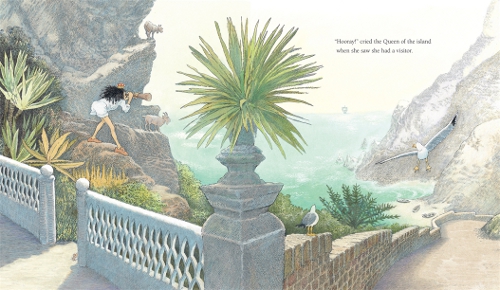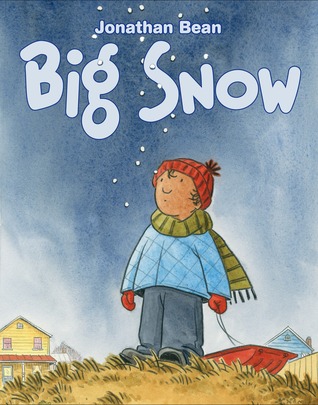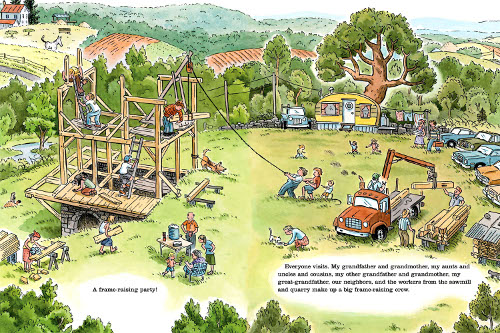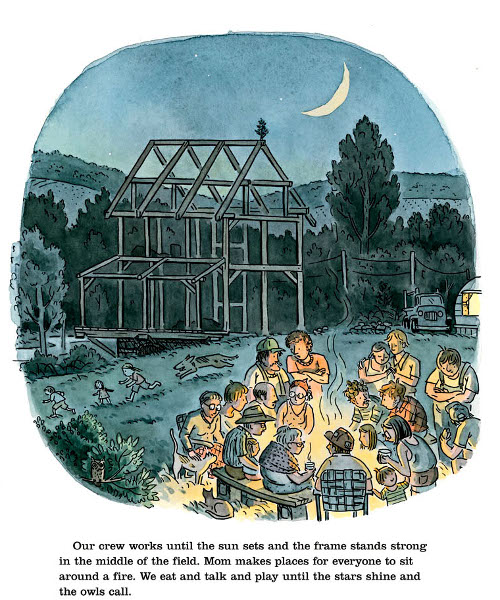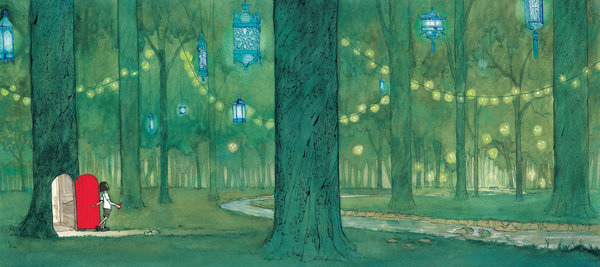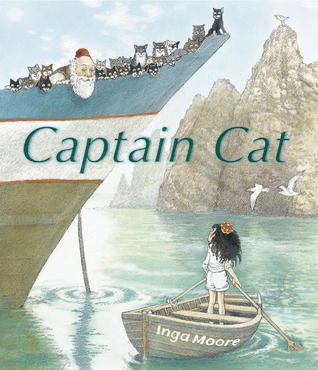 There are lots of cats at sea this year, many of them on board the Carlotta in Captain Cat by Inga Moore (Candlewick, 2013). This is a rambling retelling (I mean that in the best possible way--I like a little rambling) of an Italian tale about a trader who arrives on an island overrun by rats only to be richly rewarded for his cargo of cats. Other traders follow, expecting more of the same, but in turn they are rewarded...with kittens! Moore's illustrations of captain and cats of all colors are charming, although I could have done without the neat rows of rat corpses lined up on the Royal Palace floor.
There are lots of cats at sea this year, many of them on board the Carlotta in Captain Cat by Inga Moore (Candlewick, 2013). This is a rambling retelling (I mean that in the best possible way--I like a little rambling) of an Italian tale about a trader who arrives on an island overrun by rats only to be richly rewarded for his cargo of cats. Other traders follow, expecting more of the same, but in turn they are rewarded...with kittens! Moore's illustrations of captain and cats of all colors are charming, although I could have done without the neat rows of rat corpses lined up on the Royal Palace floor.
This is one of my favorite folktales: I first ran across it in The Thread of Life: Twelve Old Italian Tales retold by Domenico Vittorini and illustrated by Mary GrandPre (Running Press Kids, 1995). I was working on my own retelling, since abandoned, when Martha Hamilton and Mitch Weiss retold it as Priceless Gifts (illustrated by John Kanzler; August House, 2007). I wish everyone had better source notes for it, though (Hamilton and Weiss cite Vittorini, and Moore doesn't cite anyone at all). Apparently, islands overrun by rats are quite common in folktales.
And in real life, too: recently the island of Montecristo (see: Count of), in the Tuscan Archipelago, attempted to eradicate its population of black rats. Only now they use rat poison.
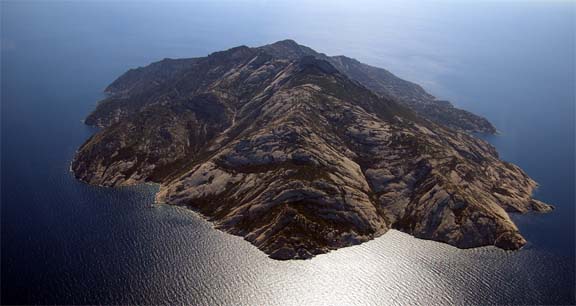
It looks a lot like the rocky, remote island in Captain Cat, actually!
